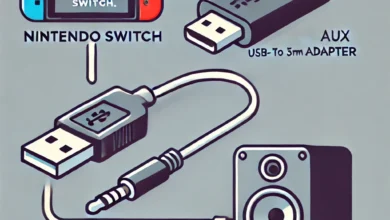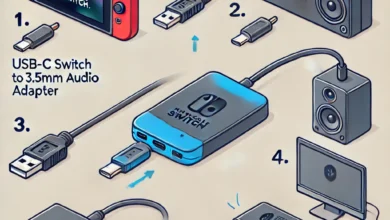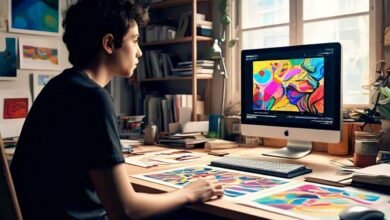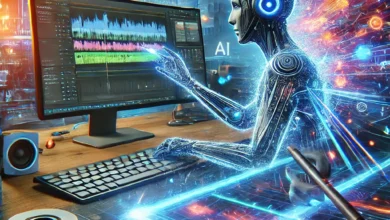RunwayML Image to Video: Transforming Visuals with AI
Filmmakers and animators can use RunwayML to generate animations
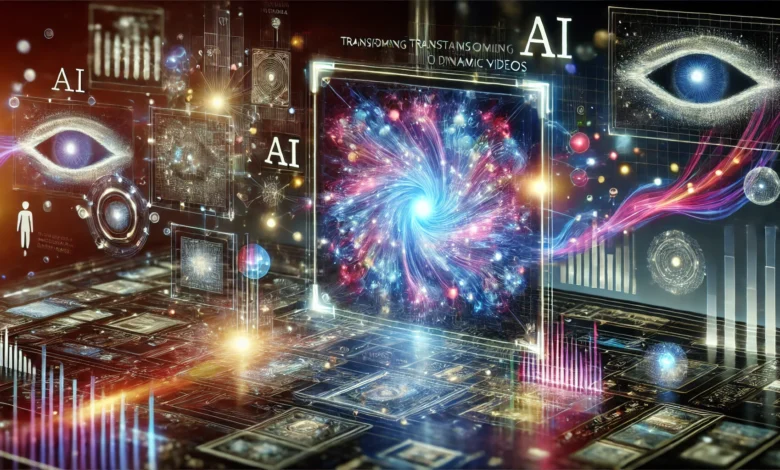
In the ever-evolving world of digital media, the integration of artificial intelligence (AI) into creative tools has opened up new possibilities for artists, filmmakers, and content creators. One such tool making waves in the creative community is RunwayML. Known for its powerful machine learning capabilities, RunwayML provides a suite of tools that allow users to turn still images into captivating videos with ease. This article delves into how RunwayML’s Image to Video feature works, its applications, and the benefits it offers to users across various industries.
What is RunwayML?
RunwayML is an AI-powered creative suite designed for creators to harness the power of machine learning without needing a technical background. It provides a range of tools and models that allow users to experiment with machine learning techniques in their creative projects. The Image to Video feature is part of this broader offering, enabling users to convert static visuals into dynamic video sequences with minimal effort.
The Magic Behind Image to Video Conversion
At the core of the Image to Video feature is a neural network trained to understand motion and continuity between frames. Here’s a closer look at how it works:
- Input Images: The process starts with the user uploading a sequence of still images. These could be photographs, artworks, or even 3D renders.
- Model Processing: RunwayML uses advanced machine learning models, such as generative adversarial networks (GANs), to analyze the images and predict plausible motion or transitions between them. The model fills in the gaps to generate the illusion of movement, creating a video from static frames.
- Output Video: After processing, users are presented with a smooth, coherent video that appears as though the original image sequence is moving in a continuous loop or story. The AI-generated video can be exported in various formats for use in video editing software or directly shared across platforms.
Key Features of RunwayML Image to Video
- AI-Powered Animation: The standout feature of RunwayML’s Image to Video tool is the use of AI to generate fluid animations from still images. This AI-driven process removes the need for manual animation techniques, saving creators significant time and effort.
- Creative Control: While the AI does much of the heavy lifting, RunwayML offers customizable parameters, allowing users to tweak the generated video to suit their needs. This might include adjusting speed, motion patterns, or even introducing additional effects.
- No Technical Expertise Required: One of the most significant advantages of RunwayML is that you don’t need a background in machine learning or programming. The interface is designed to be intuitive and user-friendly, so anyone can create stunning videos from images.
- High-Quality Output: The tool is capable of producing high-resolution videos, ensuring that the final product is suitable for both online platforms and professional presentations.
Applications of Image to Video
RunwayML’s Image to Video feature is incredibly versatile, with applications across multiple industries:
1. Film and Animation
Filmmakers and animators can use RunwayML to generate animations or concept videos from their artwork, storyboards, or still scenes. This can be particularly useful for pitch decks, visualizations, or early-stage content development.
2. Advertising and Marketing
In advertising, eye-catching content is king. Marketers can turn product images or promotional visuals into dynamic video ads, making them more engaging and shareable across social media platforms. The ability to create animated content quickly and efficiently can be a game-changer for brands looking to stay competitive in a fast-paced digital landscape.
3. Fashion and Retail
For fashion designers, e-commerce businesses, and retail brands, RunwayML’s Image to Video tool offers a way to showcase products in motion. By converting still images of clothing, accessories, or products into videos, brands can create interactive, visually appealing content for their websites, catalogs, or promotional materials.
4. Art and Digital Media
Visual artists and graphic designers can use RunwayML to bring their artwork to life. Whether it’s a digital painting, an illustration, or a photo collage, turning these still images into motion can open up new creative avenues, allowing artists to express themselves in ways they may not have thought possible.
5. Social Media Content
For social media influencers or content creators, having dynamic video content is crucial. RunwayML allows them to take their still images and quickly turn them into engaging video content for Instagram, TikTok, YouTube, and more. This can help increase audience engagement and grow their following.
Benefits of Using RunwayML Image to Video
- Saves Time: Traditional animation methods can be time-consuming and require specialized skills. RunwayML’s AI technology drastically reduces the time it takes to turn an image into a video, allowing creators to focus more on content ideation and less on technical execution.
- Enhanced Creativity: With AI taking care of the heavy lifting, creators have more freedom to experiment with their ideas. The ability to generate motion from still images opens up new creative possibilities that would otherwise require complex animations.
- Cost-Effective: For independent creators or small businesses, RunwayML offers a cost-effective alternative to hiring professional animators or designers. The tool is accessible to anyone, regardless of their budget or technical expertise.
- Seamless Integration: Once the video is created, it can be exported in a variety of formats, making it easy to integrate into any existing video editing workflow or to publish on digital platforms.
Limitations to Consider
While RunwayML’s Image to Video feature is powerful, it’s important to be aware of its limitations:
- Dependency on Input Quality: The quality of the input images greatly influences the final video. Low-resolution images or poorly lit photographs may result in subpar video quality.
- Limited Motion Options: While the AI can generate smooth motion between frames, it might not always produce the exact kind of movement or animation a creator envisions. For more intricate or highly customized animations, users may need to combine the AI-generated content with manual adjustments in video editing software.
- Learning Curve: Though RunwayML is designed to be user-friendly, there may still be a learning curve for beginners. Familiarity with video editing software and an understanding of AI concepts can enhance the user experience.
How to Get Started with RunwayML Image to Video
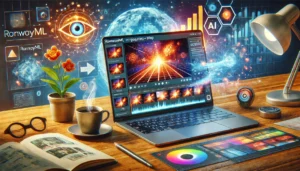
Getting started with RunwayML’s Image to Video feature is simple:
- Sign Up for RunwayML: Create an account on the RunwayML platform if you haven’t already.
- Upload Your Images: Choose the images you’d like to turn into a video. These can be anything from photographs to digital artwork.
- Select the Image to Video Model: Navigate to the Image to Video tool within the platform and select the model you want to use.
- Customize Settings: Adjust parameters like video speed, style, and effects to match your vision.
- Generate the Video: Click the generate button and let RunwayML’s AI work its magic.
- Export and Share: Once the video is ready, export it and use it however you like.
Conclusion
RunwayML’s Image to Video feature offers an exciting way to bring static images to life with the power of AI. Whether you’re in filmmaking, marketing, fashion, or social media content creation, the ability to quickly convert still visuals into engaging video content opens up new creative possibilities. With its ease of use and powerful AI models, RunwayML is set to continue transforming the way creators approach visual content. So, whether you’re a professional filmmaker or a social media enthusiast, RunwayML is a tool worth exploring for your next project.
